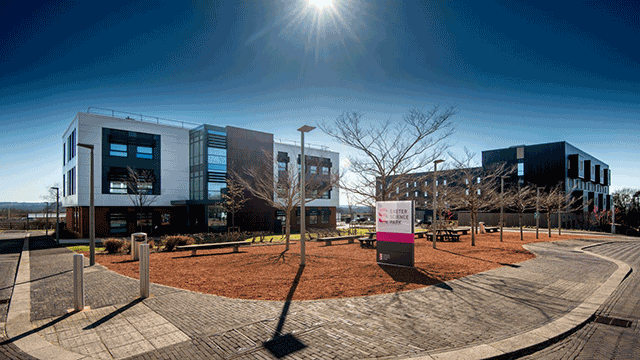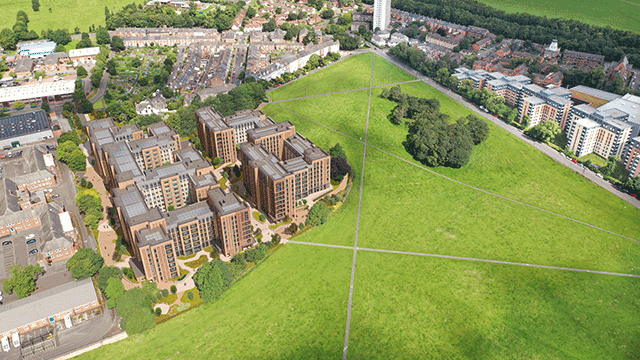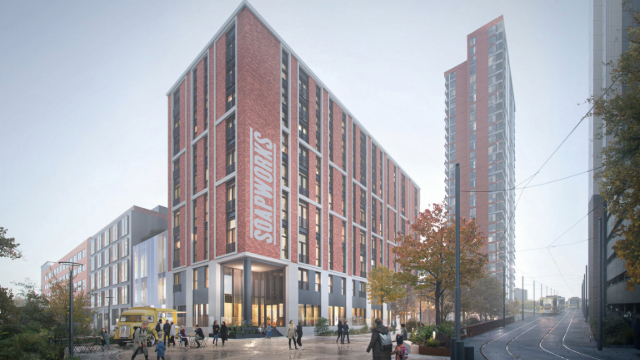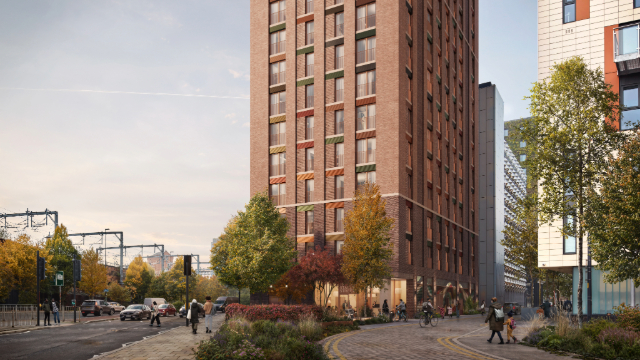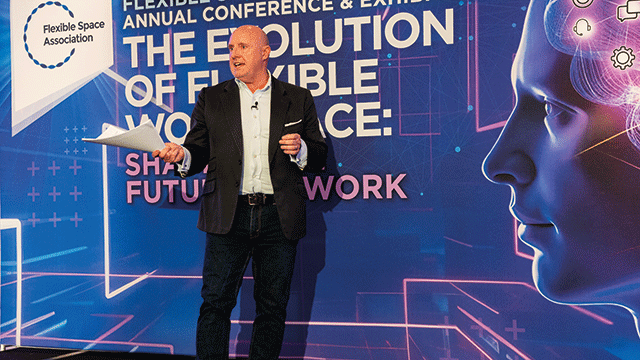COMMENT Now prime minister Boris Johnson is back in Downing Street issuing a rallying cry about fighting phase two of the coronavirus, both the public and businesses are tentatively looking to a future beyond lockdown. The big questions on everyone’s minds are when and how are we going to be released?
There is a consensus that the return to offices will require social distancing. With a vaccination potentially still 18 months away, people will have to maintain a safe distance both socially and at work. However, the real estate industry is underestimating the practicalities of employing social distancing tactics in the workplace.
Limiting touch, preventing crowding in a lift or physically freeing up workstations so that people aren’t sitting side by side is no easy task – it would be naïve to think otherwise.
Ensuring the safety of the country’s workforce will require compromise to put the best methods in place to aid business continuity and productivity, and ultimately ensure occupiers’ safety. We can only do this by working together.
Think smart
Smart technology can and should play a part in how we adapt our buildings to suit what will come to be known as the new normal. It may come as a surprise to many how easy it is to implement smart building technology, as often it is seen as futuristic or sci-fi-esque.
Assessments can even be achieved remotely by completing a simple questionnaire to determine whether you can unlock hidden features and functionality within existing building systems.
Effective technology that provides practical solutions is here now and has the ability to help put some of the social distancing guidance into practice. Implementing smart sensors, contactless building entry and quick and effective community engagement, for example, are all strategies which can be quickly embraced at a relatively low cost.
Since lockdown began, we have seen a number of London real estate companies responding by adopting smart visitor management systems. These allow for the integration of hands-free access with the existing access control systems. In one such case, the integration was achieved within two weeks.
Smart building technology can also control air flow and air quality, which is a significant area of concern. Not only will buildings that have shut down almost fully require checks for legionnaires’ disease, for example, but people will be more conscious of airborne germs and want direct control of their environment.
Long-term impact
The spread of coronavirus has left many people apprehensive about returning to the office. Through collaboration we have the opportunity to create real solutions that provide practical outcomes that will put our workforces at ease. To achieve that, we require action not rhetoric or speculative planning.
How companies approach returning to the office over the next few weeks could also have a longer-term impact on the future of our workspaces. Real estate owners and landlords should be looking beyond the current situation and starting to assess the future fitness of their buildings.
It is expected that flexible working will become a much more accepted practice long-term and could cause a reclassification of what role a modern-day office plays. If we move to a model where there are fewer employees in the office per day, this will lead to occupiers cutting costs by decreasing the size of their floorplates, and real estate owners will need to take a fresh look at how to structure their portfolios.
To address these changing requirements, real estate owners and landlords will need to properly understand how people are using a space and eventually re-optimise their offices, for which sensor technology is vital.
The sudden onset and subsequent impacts of Covid-19 have accelerated trends around smart buildings, flexible working, community engagement and space optimisation. In the short term, the industry must come together to put in place viable solutions to get our offices up and running as safely as possible.
In the longer term, property companies must adapt to the changes on the horizon. Smart buildings should be a part of the conversation, as without the use of smart technology, strategies would be created based predominantly on guesswork rather than the data and insights that could be accessed.




